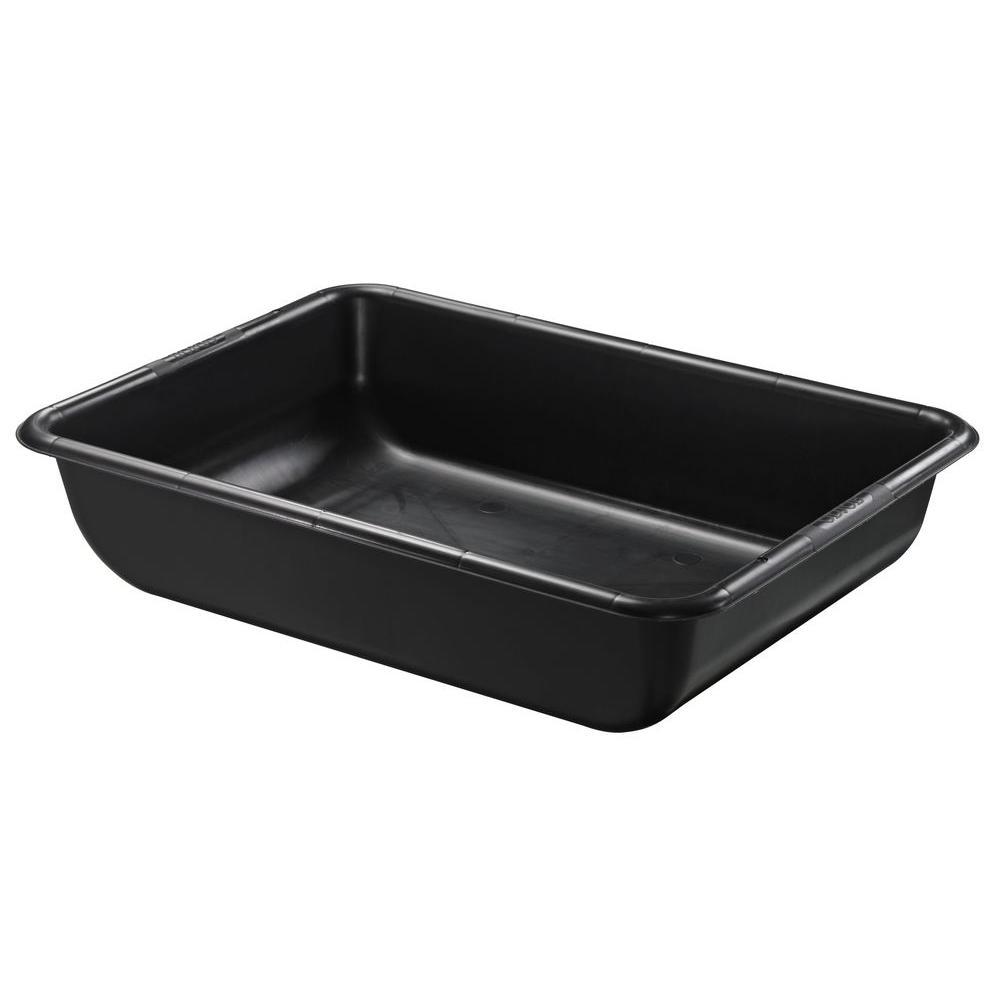Worm Trays
The Worm Bin thats not a Bin
Worm trays are similar to traditional worm bins. In fact they look like shallow worms bins; but worm trays are used
differently than traditional worm bins. Worm trays are mostly used by commercial worm farmers, or people looking to
take their worm raising hobby to the next level.
Worm farmers looking to breed large numbers of worms quickly often use worm trays, sometimes by the hundreds. Trays
are also used to produce large worms suitable for fishing bait.
While using worm trays will most certainly produce worm castings it is not the focus of using worm trays. Trays are
mostly used for reproducing worms in a highly controlled and regimented system. In tray systems the worms are fed a
very controlled and consistent diet; usually of horse manure or commercial worm food.

The most common tray sizes are about 2 to 3 feet long and a foot and a half wide. Any tray at least 8 inches deep
should do. Most worm farmers using the tray system simply buy platic trays used by gardeners and
construction companys designed for any number of uses.
There a several suitable trays on the market, here is an example a a construction mortar tray available at
most home improvement centers or online.
Using Worm Trays
The worms are kept in the trays just enough time to fatten up and produce cocoons. They are
then harvested and moved on to another set of fresh trays to start the process over. Or if the worm farmer sells
bait worms some are set aside for bait sales while the remainder are kept as breeding stock.
The old bedding, now rich with cocoons, is divided up among fresh new worm trays and covered with bedding material
and food. The worm cocoons are left to hatch, mature, and reproduce. Once again; as soon as reproduction is well
underway and cocoons are starting to build up the mature worms are moved out.
Worm trays are intentionally used because they are shallow. Composting worms, especially red worms don't mind
shallow bedding. The use of these shallow trays has other advantages. Trays won't get water logged like plastic
bins. They are lighter and it's easier to fit more of them onto shelving units; however we don't recommend stacking
trays directly upon one another. Trays also require less bedding material than bins.
The home composter or worm farming hobbyist can also use worm trays to raise worms. But if you do, keep a few
things in mind. Worm trays have no covers, so unless you improvise something to use as a cover there is potential
for your worms to escape. So we recommend leaving a light on over your trays to keep the worms in. It's also
equally important to closely monitor moister levels; without a cover trays will dry out quicker than a bin with a
cover. Lastly, make sure there is enough food in the tray. Keep these things in mind and your worms should do
fine.
Return to top of Worm Trays page.
|